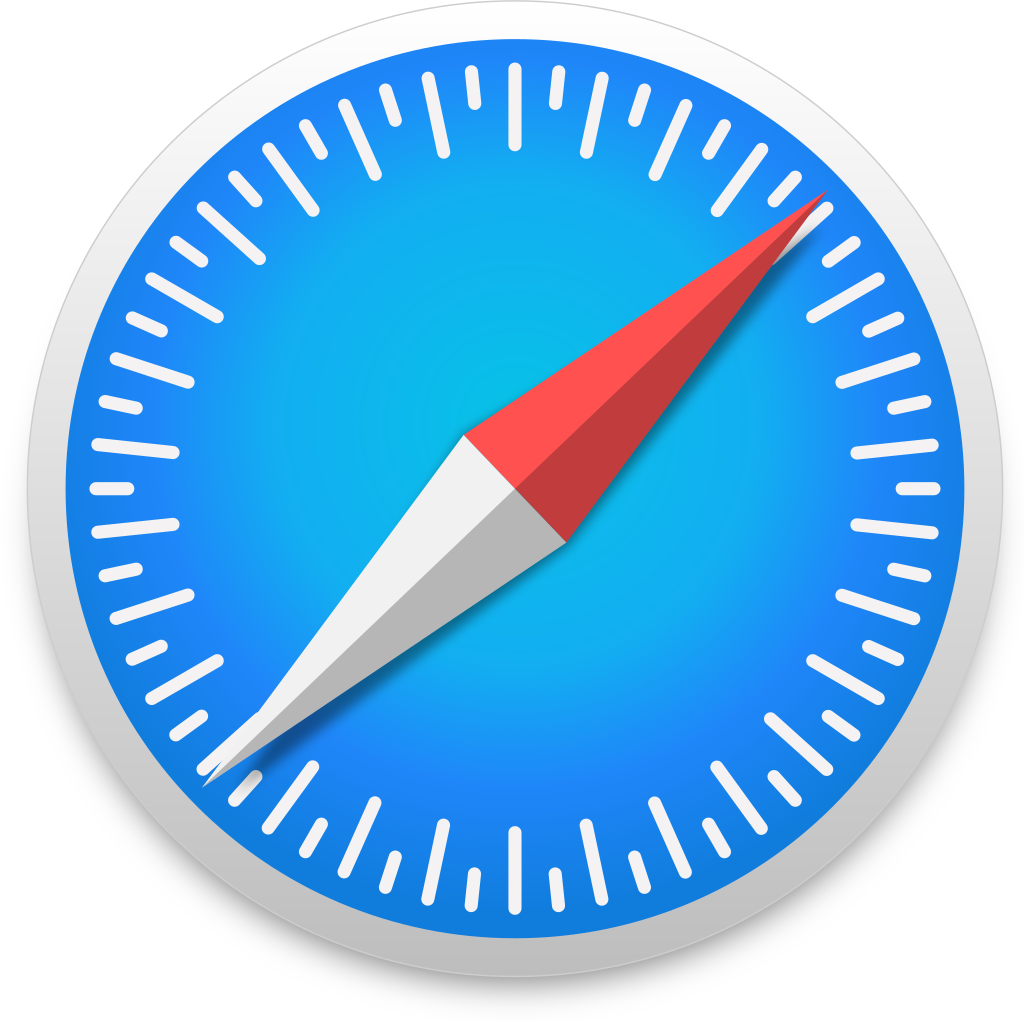Higher Education
Public community
Owned by Janet McIllece + 1
WWT has extensive experience supporting the missions of Higher Education by providing technology solutions that enable high value institutional outcomes. From engaging students preparing for successful careers to enabling researchers solving some the world's greatest challenges, technology plays a critical role at every step. Robust and secure infrastructure and applications, insightful and actionable data, powerful mobile devices, collaboration tools, and ubiquitous connectivity describe the digital ecosystem needed for higher education to fulfill its missions. WWT is positioned to be the best partner to help colleges and universities transform their digital engagement.
WWT Brings Value and Momentum to Higher Education
Our expertise and deep industry reach-back partnerships and capabilities align each of our customer's requirements with holistic, customized, balanced solutions that manage the cost, complexity, risk, and stress that are inherently involved in digital transformation initiatives.
WWT collaborates with our institutional partners to create solutions comprised of the leading technology OEMs and custom-designed applications which are guided by our industry-leading strategists, architects, designers, and engineers and delivered by our extensive supply chain. WWT is committed to our support of colleges and universities as they continue transforming their digital maturity in response to several major drivers:
- Student expectations of modern, pervasive, accessible, personalized technology throughout their academic journeys
- Innovations for faculty and staff to help them support students and keep them on the path to graduation
- Researchers' need for computing and collaboration within their institutions and across organizations efficiently and securely
- Operational excellence that provides reliable and fast network connectivity, digitized information, efficient and automated workflows, and innovations to keep the institutional workforce current with evolutions in technology.
WWT has extensive experience supporting digital transformation and enabling transformations that also foster a culture of care to students, faculty, staff, and the institutional community.
Actionable Data & AI
WWT recognizes that data and the intelligence it provides is critical to decision making in administrative operations, student academic success and support, and research operations. WWT offers expertise in helping institutions with the important foundational work that is central to fully leveraging institutional information: data governance, strategy, data processing and management, and operational intelligence capabilities.
Explore
Infrastructure Lifecycle Management
The digital experiences on and off university and college campuses rely on capable, resilient and performant infrastructure. WWT is the premier partner to advise and help implement infrastructure solutions in
- Data Center
- Collaboration
- Network
- Cloud
- IoT
- Operational technology (OT)
Explore
Research IT
Faculty researchers and their teams have unique and high performance computing needs while also following institutional direction for data security, identity management, and equipment use. Providing researchers with autonomy, flexibility, and analytics power in their work while supporting their compute needs is our specialty.
Explore
Extending Your Team with Strategic Resourcing
University technology environments are complex and require a wide variety of skills and knowledge. IT teams need the ability to capitalize on their technology investments. WWT Strategic Resourcing invests our time and industry knowledge into matching only the best talent to your unique organizational needs. Our clients get real, on-going support for the life of each engagement.
 Safari
Safari
 Chrome
Chrome
 Firefox
Firefox
 Edge
Edge